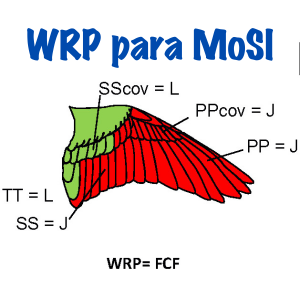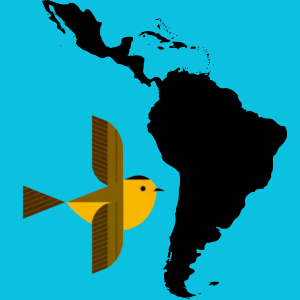The United States’ 574 federally-recognized Indian Tribes have jurisdiction over a vast and biologically diverse land base. In the lower 48 states, the 70 million acres that tribes own, manage, or co-manage is more than that of the National Park Service. Tribes have been recognized as sovereign entities, on a par with foreign governments, since before the founding of the U.S., a status enshrined in the constitution. Yet, tribal participation in the management of the nation’s lands and wildlife has often been ignored or minimized, and funding for tribes to manage their own resources is inadequate. It was not until the 1980s that Tribes were formally granted “permission” to manage their own wildlife populations free of state oversight. Despite these limitations, Tribes have quietly been undertaking numerous innovative management and conservation projects, many of which focus on bird conservation. Tribes also offer unique perspectives and lived experiences that are quite often missing from the current conservation dialogue. This presentation will explore the intersection of federal-state-tribal resource management, describe several examples of successful co-management, and offer suggestions for incorporating tribal values and tribal participation into national and local conservation efforts.
This webinar is presented by Dr. Serra J. Hoagland (Pueblo of Laguna) and Steven Albert M.S.. Dr. Hoagland is the National Program Lead Tribal Research for the US Forest Service. Steve Albert is IBP's Assistant Director for Demographic Monitoring Programs.





